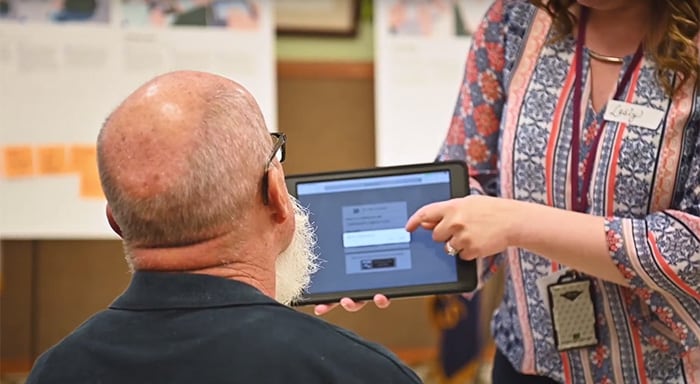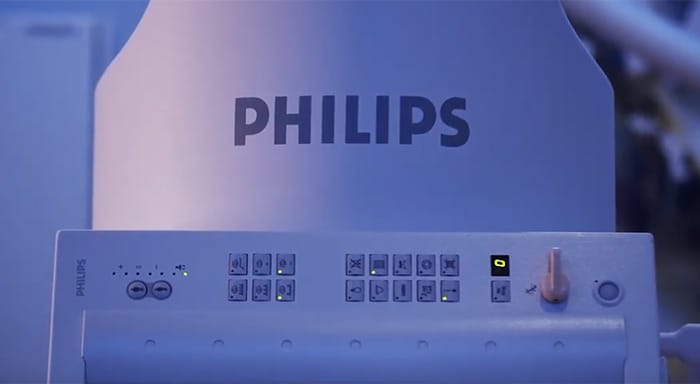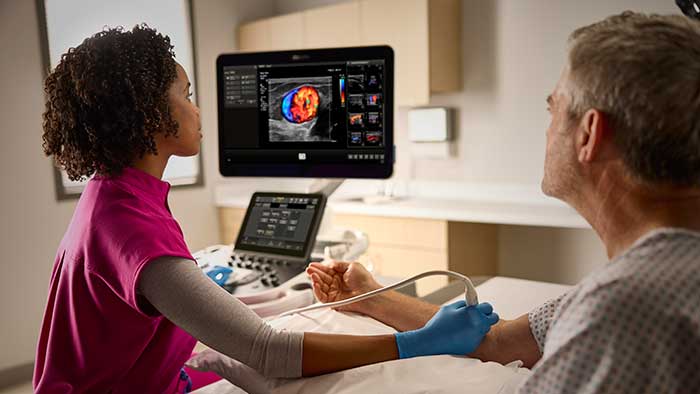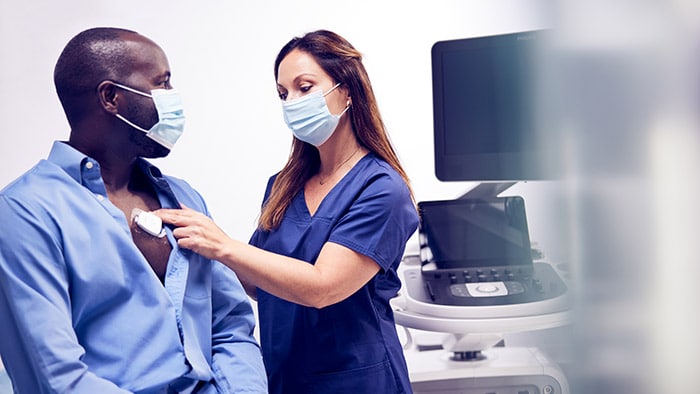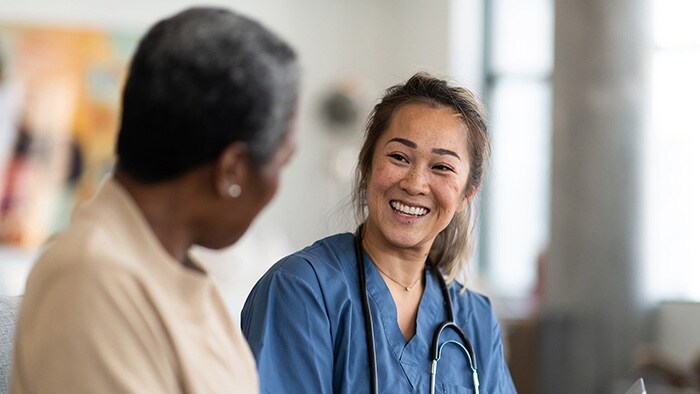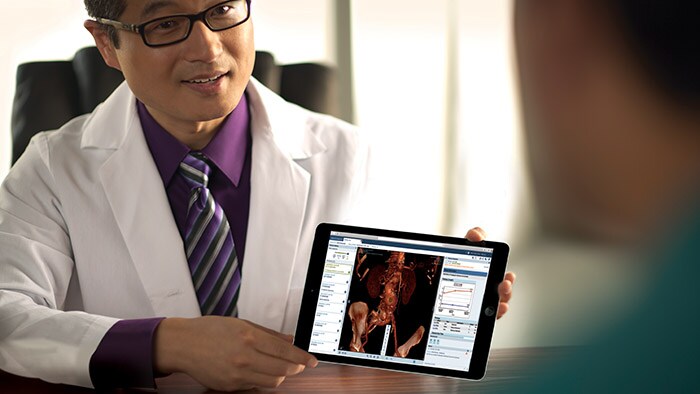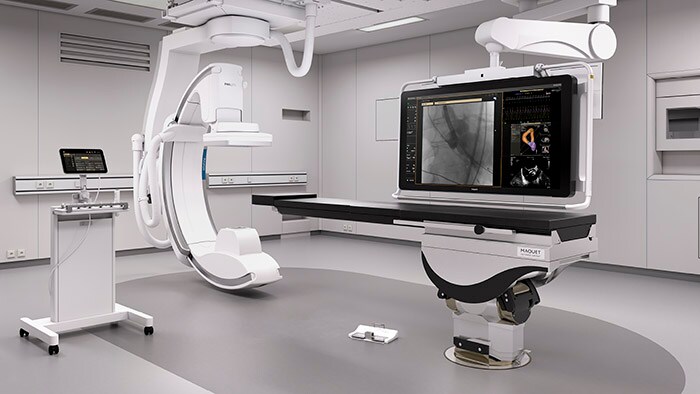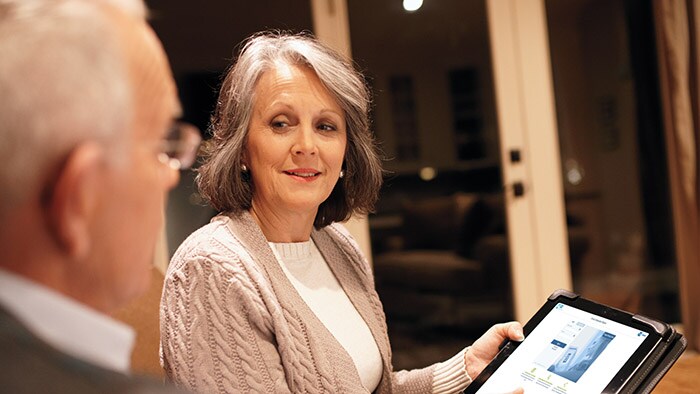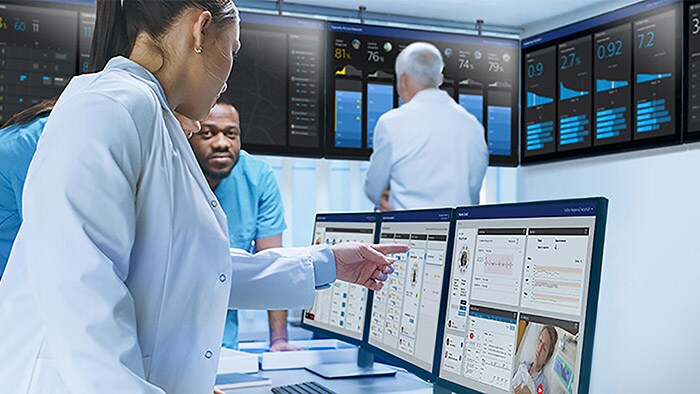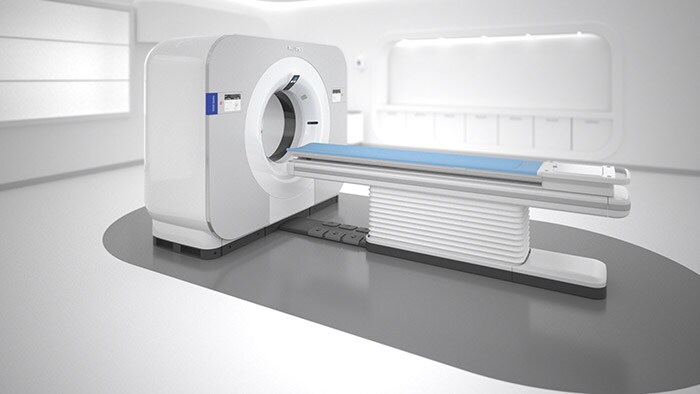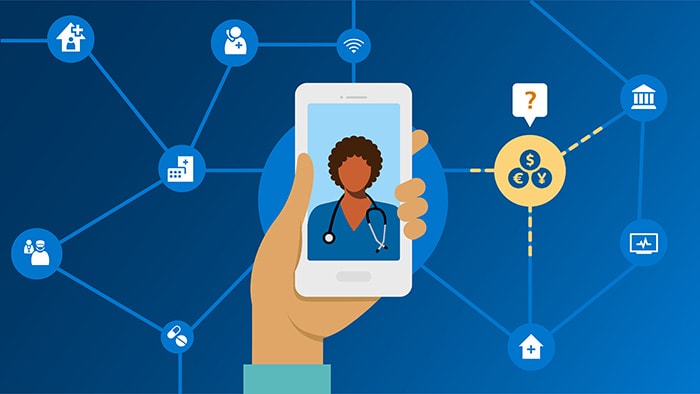To understand the patient experience, you have to see it first-hand
I was heartened to see such an overwhelming response to my blog post on Design Thinking – so I wanted to start by saying thanks to each and every one of you in my network, and further afield, who read my words and engaged with them. To be connected in such a way really is both humbling and rewarding. It also inspires me to keep pushing to achieve our vision of unleashing the power of design in improving lives through better healthcare experiences. A theme that presented itself in the comments of that post was around the notion of human centered design. As a concept of course this is something that been around for many years, but I think it’s only healthy to really hold the mirror in front of us as a community to just check, are we really always human centered in our approach? Even in the field of healthcare it’s all too easy to be distracted by the innovations in technology, data science, artificial intelligence or pharma and forget to check the impact these advances are having on the care providers and their patients.
Patients don’t really want to be experiencing healthcare, no matter how great it is, they would much rather be healthy and living life.
Sean Carney
Chief Design Officer & Business Leader Healthcare Transformation Services, Philips
Patience is needed in healthcare design
When I say design for people in healthcare, it’s all encompassing, from staff to patients, but also their families. In the world of experience design, it’s too easy to get swallowed up in the notion of designing for engaging, fun or exciting experiences. But let’s face it, patients don’t really want to be experiencing healthcare, no matter how great it is, they would much rather be healthy and living life. We also know that in many countries medical staff are facing increasing pressures such as siloed operations or cumbersome administrative duties that take them away from caring for patients. The results are quite shocking both from a human perspective leading to rising cases of burnout, and financially with disproportionate numbers of clinical staff leaving their jobs. Doing a great job demands time and resource, but overall it needs patience. Alleviating some pressures allows staff to focus on areas that require more sensitivity or research.
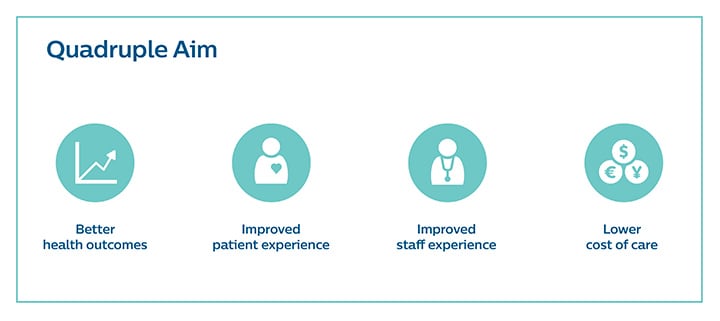
If you’re familiar with the healthcare industry, you may have heard of the Quadruple Aim. At Philips, we define it as improved patient experience, better health outcomes, lowering the cost of care, and improving the work life of care providers. Two of those are very clearly within the people space. So, naturally, that’s where I believe the global design community can pull together and contribute most directly. No one company can fix these challenges, we need to team up across enterprises and corporations to drive more joined up experiences that have care for the patient and staff as the red thread throughout.
Designing more seamless experiences that have impact, drive results, and which ultimately, lead to better outcomes for patients and better experiences for staff.
Sean Carney
Chief Design Officer & Business Leader Healthcare Transformation Services, Philips
Radical Empathy at the heart of patient and staff experience
One approach I think can help, and something I’m extremely passionate about, is the concept of radical empathy. Empathy, of course, is really about putting yourself in the shoes of others – to really understand their experiences and realities. With radical empathy I want to go deeper; you’ve got to get involved and get your hands dirty. We joke within our design team about one of the reasons many of us wear black shirts; it’s so you can’t see the blood splatters on them. That’s how close to the action we need to be. Once you’ve lived or at least witnessed firsthand the experience of patient and staff, it’s incredibly motivational and it really unlocks the true creative potential to design with a people first approach. Designing more seamless experiences that have impact, drive results, and which ultimately, lead to better outcomes for patients and better experiences for staff.
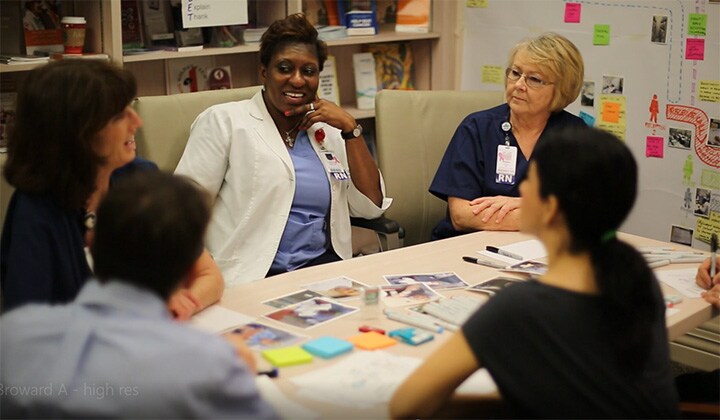
Cocreation with Broward Health Medical Center.
This is why Cocreation is so important to us at Philips. We know that innovation cannot come from one person or organization alone, and if we are to really have an impact on the healthcare system and improve experiences for people, we’ll need to find new ways to collaborate. If we take the example of any patient journey or care pathway through a hospital system there are multiple touchpoints, some which we as Philips are involved in, many that other medical device, technology or pharma companies are designing or influencing. I believe the global design community needs to come together and find ways for our products, our systems and, software to join up and help deliver more seamless experiences.
Creating better access to care for Veterans
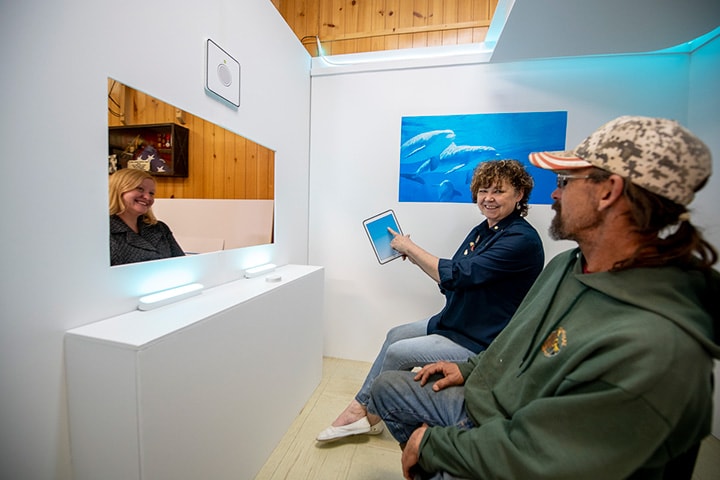
One recent example that I’m really proud of is a project with the U.S. Dept. of Veterans Affairs. Approximately one third of Veterans live in rural areas. The Veterans often have to drive great distances to receive their care. We worked closely with Vets in a number of remote locations to understand their challenges, the reasons they were seeking treatments and the types of care and interventions the medical staff were providing. We created a solution that we’re piloting in 10 rural access points at the halls of American Legion and Veterans of Foreign Wars for Veterans to conduct telehealth sessions with their Veteran Affairs providers. Once we’ve captured learnings from this pilot we’ll expand to multiple sites.
Partnering to improve pediatric care at Children’s Omaha
Another example where we successfully co-created with the hospital’s staff is our work with Children’s Hospital & Medical Center of Omaha. Of course, working alongside sick children, their families and the staff who tirelessly treat them, is a humbling and moving experience. Alongside them, we’ve been identifying opportunities to enhance the quality and cost effectiveness of patient services, including focusing on connected solutions in diagnostic imaging, patient monitoring, respiratory solutions and clinical informatics. Children’s wanted to reduce variance and standardize care across departments. We used experience mapping tools to identify pressure points and challenges in the current patient flows through the system. This allowed us to focus on breaking down barriers as well as departmental or functional silos to create more effective, but equally, more caring flows and, environments across the hospital. We also improved access to patient data and clinical decision tools, for a better patient and employee experience across the organization. We were able to achieve this by really immersing ourselves in the lives of the patients and staff.
I would love to know how we can be more effective and ensure we’re actually having a positive impact on people lives.
Sean Carney
Chief Design Officer & Business Leader Healthcare Transformation Services, Philips
The perfect patient and staff experience
I personally find working in this space hugely motivating and inspiring. But this isn’t about how I feel, this is about all those people in the healthcare systems, patients, families and staff and how they are doing. I would love to know how we can be more effective and ensure we’re actually having a positive impact on people lives. While we figure out how to measure impact, perhaps people have suggestions on effective measurements (beyond the typical NPS or outcomes scores) they’d be willing to share. I accept that designing the perfect patient and staff experience is setting the bar very high, and won’t come easily. But for my part I’m committed to ensuring Philips designers and our innovation colleagues actively engage with people in the healthcare systems to ensure they have access to the right tools, right information, and right resources to deliver the best possible care to people in the most effective way.
Share on social media
Topics
Author
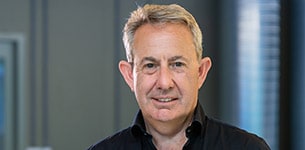
Sean Carney
Former Chief Experience Design Officer at Royal Philips from 2011 to 2022
